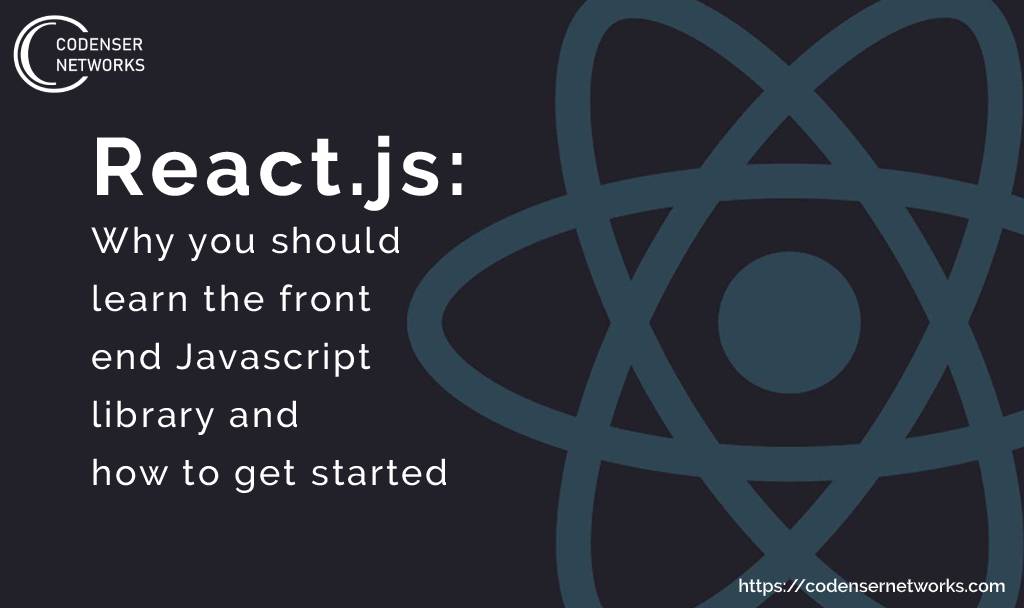React. JS is one of the most potent libraries in JavaScript. This empowers the code of major organizations including Amazon (an e-commerce giant that recently launched its own programming language), PayPal, BBC, CNN, and more than a million other websites around the world. React. JS, which was created by Facebook, has quickly built up a daunting technical reputation and a loyal fan base.
React.js is already commonly listed in job openings – businesses tend to employ committed developers of react.js rather than engineers of Vue.js. In this article, you can find out why React. JS is the right platform for beginning your remote work, given the steep learning curve of the library and the ways to use it more effectively.
5 Reasons for Studying React. JS
Developers might hesitate to learn Reacting as it is not a full-fledged framework and a developer needs to handle models and controllers alone. Nonetheless, there are more than a number of explanations for being a creator of reactive JavaScript. Let’s look at these more closely:
1. Its versatility
Through React, classes do not need to be used. The platform relies heavily on functional components, so the codebase is not overcomplicated by developers. While classes offer developers a handful of convenient features (using lifecycle hooks, and so on), the functional syntax benefits are loud and clear:
Superior readability. Properties such as state functions or lifecycle hooks continue to make the code a pain in the neck to read and check. Easy JS apps make it easier to wrap your head around.
2. It’s declarative
You are most likely no stranger to the programming language of CSS and the SQL database, and as such, you are familiar with declarative programming. However, to recap, the differences between declarative and imperative approaches are as follows:
Imperative programming makes use of statements to manipulate program status.
Declarative programming is a paradigm based on the communication logic which changes the system.
While imperative programming gives developers the opportunity to design a step-by – step control flow in statements, and may find it easier to do so, it is declarative programming to have more long-term benefits.
3. Virtual DOM
Developers managing high-load projects frequently face challenges associated with DOMs. Bottlenecks tend to appear in the document-object-model even after a minor change. Due to the tree structure of the document object model, there is a high interconnectivity among components of the DOM.
Facebook has introduced the virtual DOM in React. JS, to promote maintenance. It allows developers to ensure error-free performance of the project prior to updating an actual DOM tree.
Virtual DOM provides extra assurance in the performance of the app –it greatly improves user satisfaction rates over the long run.
4. Binding down on data
Unlike Angular binding of two-way data, React. JS uses the downward structure to ensure that the changes in child structures do not impact parents. A developer can only transfer data from a child to a parent, not vice versa.
Key components of binding down data include:
Transferring the state to the components of the child and the view;
The view triggers measures;
Actions can update your state;
State updates are passed on to components of the view and the child.
5. React Developer Tools
Developers of React. JS get to benefit from a large toolkit covering all aspects of application results. There’s a wide range of debugging and design solutions, including a life-saving extension of Chrome and Firefox’s React Developer Tools. Using this and other tools, you can define components of the child and the parent, examine their condition, observe hierarchies and inspect props.

